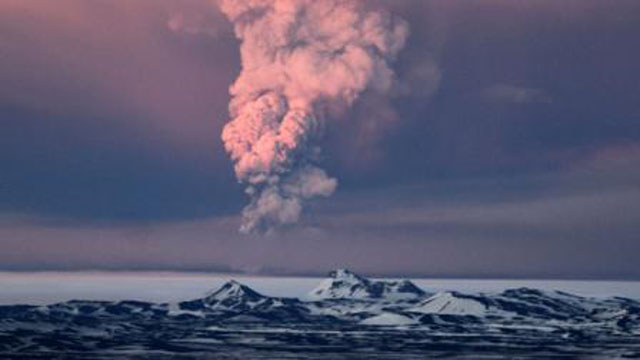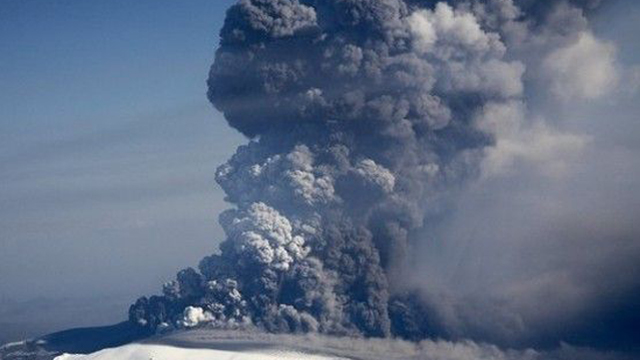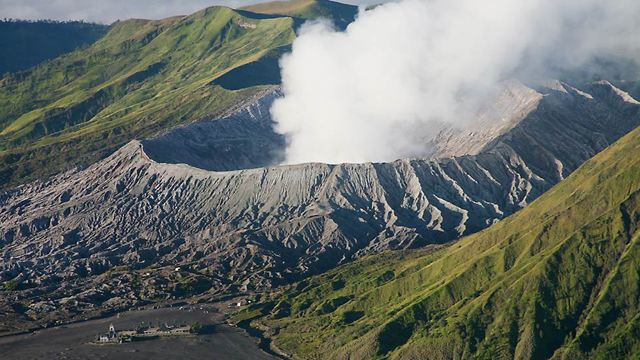Threat of Icelandic ash closes airspace over Europe

nThe ash from the Eyjafjallajökull eruption as it spreads over Europe on April 15, 2010.
nn
The newly-subglacial Eyjafjallajökull eruption of 2010 has now begun to be felt outside of Iceland. The ash being thrown into the atmosphere from this explosive phase of the eruption has prompted officials in the United Kingdom, Ireland and Norway to close the airspace above their nations due to the threat that ash poses to jet aircraft. Remember, the silica glass shards that make up most ash can melt inside jet engines, causing them to stall – which could lead to crashing. Luckily, so far we have not seen this at any eruption, but we have had a couple near misses when the airplane lost power to all four engines. This closure of much of the airspace over northern Europe has disrupted travel all over the continent and into/from North America – and exactly when the airspace will reopen is unclear. There is also the problem that if the eruption continues, the prevailing winds will push the ash over more of Europe into Russia, so we might expect more countries closing their airspace later this week.
nUPDATE: More details of the eruption from an Eruptions reader in Iceland.
nUPDATE II: Very premature, but the media is already talking up the climate angle on the eruption.
nn
nEyjafjallajokull eruption on April 14, 2010 as seen from space. Image courtesy of the NASA Earth Observatory.
nn
As for the eruption itself, all reports suggest it is going strong. The plume has reached anywhere from 8,000-11,000 meters and was spectacular on a Terra image taken yesterday (see above), stretching across southern Iceland over the clouds. There have been sporadic floods related to the eruption as the glacier melts from the heat from the new fissure – you can see some of the eruption footage here (although the video is in Icelandic) – you can see more footage here as well. Hundreds of people were evacuated from areas threatened by the floods and significant property and roadway damage has already been reported. What is most impressive is the amount of grey volcanic debris already being washed down the drainages into the lowlands and out to sea.
nn
Armannn Hoskuldsson of the University of Iceland said that the eruption is purely explosive, with no signs of lava flows, most likely due to the abundant water near the vents. The BBC has posted some great images of the eruption, show the towering plume that is part dark grey ash and part white steam – you can see this as well in the shot sent to me by Eruptions reader Jorge Santos (below). If the weather conditions are good, you can follow the eruption on the various webcams around the volcano. In all, this is an explosive impressive event that follows weeks of fairly passive Hawaiian-style volcanism – a lesson in how quickly the nature of an eruption can change.
nUPDATE: And this is why Business Week should stay out of the volcano-reporting business.
nn
nA shot of the grey and white plume from the Eyjafjallajökull eruption on April 14, 2010. Image courtesy of (and copyright) Jorge Santos.





